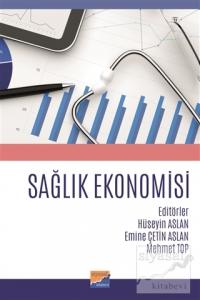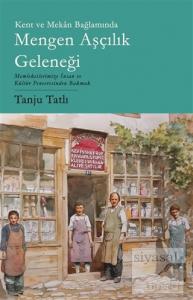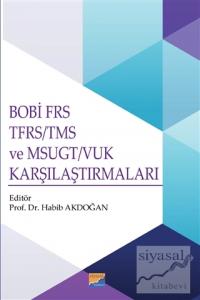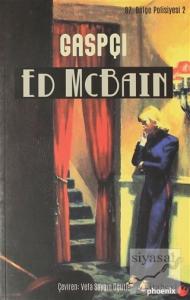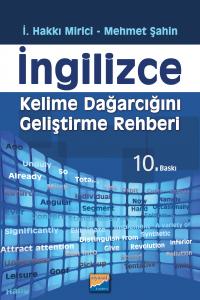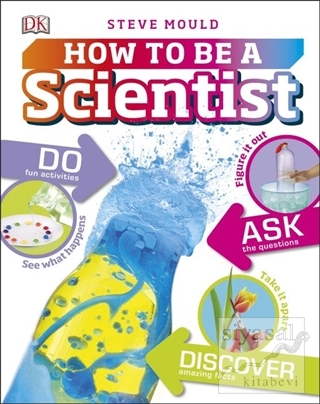
About How to Be a Scientist
Learn how to think like a scientist, look at the world in a brand-new way and have tons of fun with science comedian Steve Mould's bold and playful kids science book.
Supporting STEM and STEAM education initiatives, How to be a Scientist will inspire kids to ask questions, do activities, think creatively, and discover amazing fun facts!
A firm favourite in classrooms and homes alike, this science book for kids has earned itself a permanent spot on many family bookshelves. With more than 40 fun questions, experiments, games, and real-life scenarios that make scientific concepts fun and relevant, it's not hard to see why!
Simple activities with undetermined answers encourage curious young readers to find new ways to test ideas. The stories of the great scientists and their discoveries (and failures) are told in an entertaining way to provide even further inspiration for budding young scientists.
This educational book has the amazing ability to cover a wide range of ages, So, if your children have an age gap this is a fantastic way to get them to engage with each other in a fun and educational way. It is informative, colourful, well written and draws you into its pages with an insatiable appetite for the simpler facts of science.
Most of the home science experiments for kids are easy to do with items most people already have around the house, making it super easy to go from idea to execution.
Explore, Investigate And Test Your Ideas!
Discover the skills it takes to become a scientist.
Being a scientist isn't just about wearing a white coat and doing experiments in a laboratory. It's about exploring, investigating, testing and figuring out how things work. How to be a Scientist is packed with fun activities and projects that let you answer lots of tricky questions and help to explain the world around you.
This kid's educational book challenges children to think for themselves and covers topics like:
-Weather, making a tornado, the water cycle, how to make a compass
-Energy, hot air balloons, electricity, Newton and Einstein
-The solar system, making a sundial, creating your own sunrise, phases of the moon
How to be s scientist is one of four fantastic books in the How to... educational books series, including How to be a Maths Genius, How to be Good at Maths, and How to Make a Better World.
Official reviews include:
International Literacy Association's Children's Choices 2018 Reading List
"Readers will be inspired to learn more about how to think and act like these famous scientists while uncovering deep scientific knowledge they can apply through fun-filled science projects."
Minnesota Parent
"This mix of classic and unusual science anecdotes and experiments is just the thing for budding STEM/STEAM fans, including tips for learning how to think and act like a scientist with fun activities and simple scientific explanations of biology, anatomy, physics, astronomy, chemistry and more."
About How to Be a Scientist
Learn how to think like a scientist, look at the world in a brand-new way and have tons of fun with science comedian Steve Mould's bold and playful kids science book.
Supporting STEM and STEAM education initiatives, How to be a Scientist will inspire kids to ask questions, do activities, think creatively, and discover amazing fun facts!
A firm favourite in classrooms and homes alike, this science book for kids has earned itself a permanent spot on many family bookshelves. With more than 40 fun questions, experiments, games, and real-life scenarios that make scientific concepts fun and relevant, it's not hard to see why!
Simple activities with undetermined answers encourage curious young readers to find new ways to test ideas. The stories of the great scientists and their discoveries (and failures) are told in an entertaining way to provide even further inspiration for budding young scientists.
This educational book has the amazing ability to cover a wide range of ages, So, if your children have an age gap this is a fantastic way to get them to engage with each other in a fun and educational way. It is informative, colourful, well written and draws you into its pages with an insatiable appetite for the simpler facts of science.
Most of the home science experiments for kids are easy to do with items most people already have around the house, making it super easy to go from idea to execution.
Explore, Investigate And Test Your Ideas!
Discover the skills it takes to become a scientist.
Being a scientist isn't just about wearing a white coat and doing experiments in a laboratory. It's about exploring, investigating, testing and figuring out how things work. How to be a Scientist is packed with fun activities and projects that let you answer lots of tricky questions and help to explain the world around you.
This kid's educational book challenges children to think for themselves and covers topics like:
-Weather, making a tornado, the water cycle, how to make a compass
-Energy, hot air balloons, electricity, Newton and Einstein
-The solar system, making a sundial, creating your own sunrise, phases of the moon
How to be s scientist is one of four fantastic books in the How to... educational books series, including How to be a Maths Genius, How to be Good at Maths, and How to Make a Better World.
Official reviews include:
International Literacy Association's Children's Choices 2018 Reading List
"Readers will be inspired to learn more about how to think and act like these famous scientists while uncovering deep scientific knowledge they can apply through fun-filled science projects."
Minnesota Parent
"This mix of classic and unusual science anecdotes and experiments is just the thing for budding STEM/STEAM fans, including tips for learning how to think and act like a scientist with fun activities and simple scientific explanations of biology, anatomy, physics, astronomy, chemistry and more."



